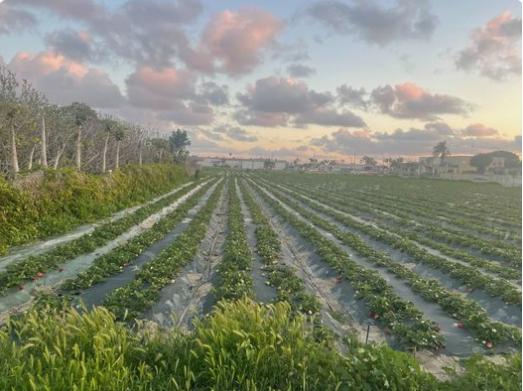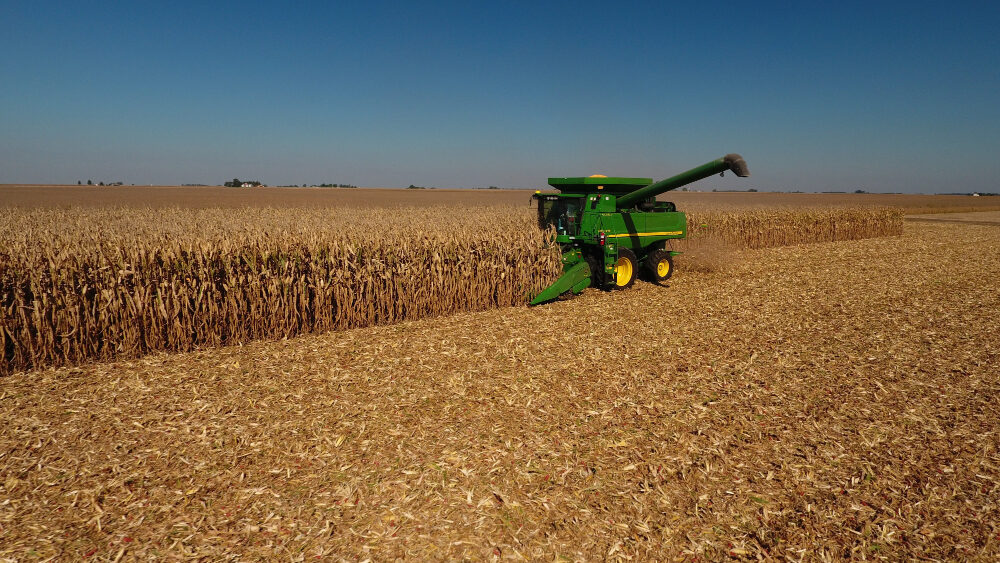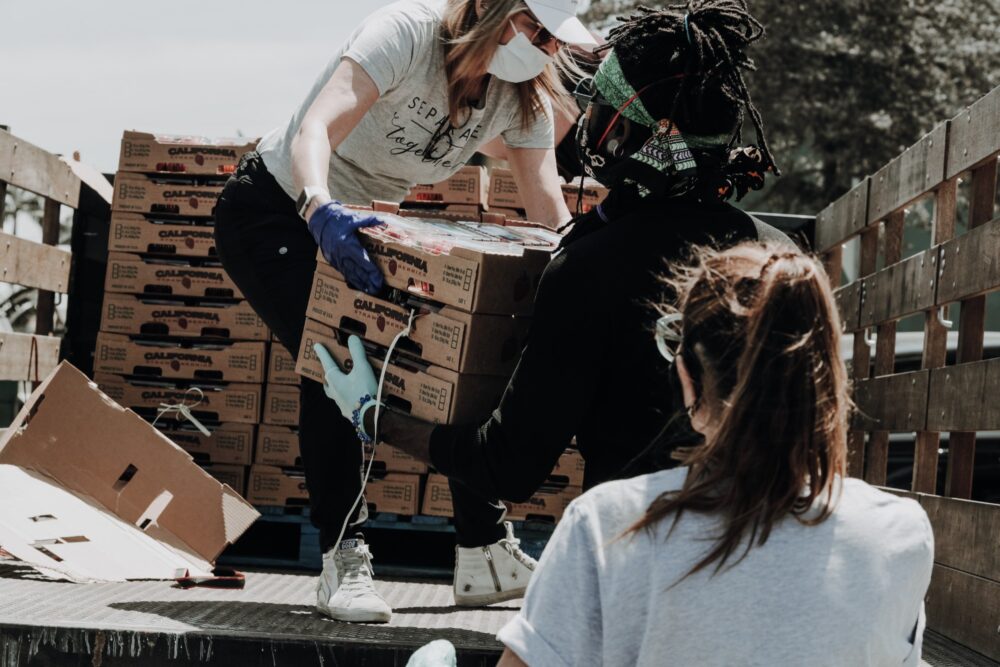
By Brandon Nguyen
When food banks are facing shortages across the country and many low-income families are losing access to meal assistance programs during the coronavirus pandemic, it’s difficult to imagine that needed food is going to waste, yet that is what is happening.
Every day, farmers dump 3.7 million gallons of milk. Every day, they ground millions of pounds of beans, corn, cabbage, soy and other crops back into the soil; one Idaho farmer had to dig a hole in order to bury one million pounds of onions.
This is the current reality for many farmers because of the COVID-19 pandemic’s disruption to the food supply chain.
Farmers planted their year’s crops intending for a large portion of it to go to the restaurant industry. In a regular year, consumers spend 50% of their food dollars at restaurants. With restaurants now closed or at a restrained capacity, farmers have no choice but to waste fresh, bulk and perishable items that restaurants would have regularly bought.
Now, consumers also purchase largely from grocery stores, eliminating long-standing contracts between farmers, schools and restaurants. Crops like lettuce can’t be stored in distribution centers causing this waste.
“Nationwide school and business closures have suppressed demand, forcing unthinkable scenarios where dairy farmers are dumping milk, fruit and vegetable crops are rotting in fields and hog farmers face the untenable prospect that it costs more to raise a pig than the return on its market value,” Iowa Senator Chuck Grassey said in a press statement.

This food can’t just be diverted to food banks either. Because farmers had specific sales outlets and are currently experiencing lower profit margins, most can’t afford to pay to harvest, process and transport their crops for donations.
“This is terrible. I didn’t realize that amount of food was being wasted,” sophomore Cosette Monson said. “I volunteer at a soup kitchen and know that food could be put to use. There are plenty of people who need it.”
In Orange County, food bank leaders expect this trend to continue along with financial struggles post-pandemic.
Mark Lowry, director of the Orange County Food Bank, warned resources were drying up and of the inequitable distribution of food boxes across California. The Orange County Food Bank distributed 8.4 million pounds of food in December 2020 and only 3.4 million pounds of food in January 2021 because of a drop in available resources.

In response, federal and local governments took a series of steps to help farmers.
In April 2020, the Trump administration passed a $19 billion farmer relief package that provided $16 billion in direct payment to farmers and purchased $3 billion from farms to give to food banks. California Governor Gavin Newsom signed a bill that provides $75 million to undocumented workers, many of who work on farms and don’t qualify for most government programs.
Congress passed the American Rescue Plan on March 10, which includes $880 million to provide easier access to fruits and vegetables and $4 billion dollars to farmers of color. Furthermore, $1 billion dollars was allocated to the United States Department of Agriculture to create a racial equity commission.
Until the market can return to normal, however, it is expected farmers will continue to struggle. A Purdue University poll conducted in June 2020 found out of 400 agricultural producers surveyed, 64% of them were “very worried” or “fairly worried” about farms’ profitability.
“America’s farmers, ranchers and producers will reap the benefits of the American Rescue Plan as more resources flow through the economy, as more businesses open up, spurring greater demand for American food and agricultural products,” Agriculture Secretary Tom Vilsack said about the American Rescue Plan.





